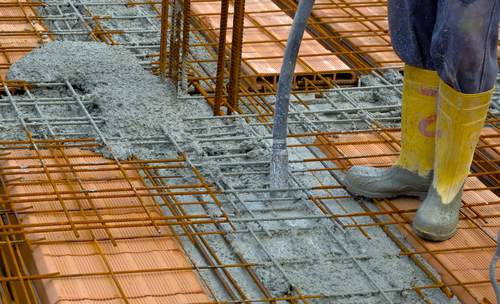Published on Friday, Feb 27 2015 by
 Albright are specialists in reinforced concrete bund design. Bunds are enclosures capable of holding liquids that can escape from vessels and pipes within the bund wall.
Albright are specialists in reinforced concrete bund design. Bunds are enclosures capable of holding liquids that can escape from vessels and pipes within the bund wall.
Because of the safety aspect of its job, a bund should be of sufficient capacity to hold all of a tank’s contents in the event of tank failure and be fully watertight to ensure safety until safe disposal. All of our bunds will meet the requirements of CIRIA C736 (containment systems for the prevention of pollution).
This is especially crucial in the oil and chemical industries, especially after the catastrophic Buncefield Oil Storage Terminal explosion of 2005, where the “failure of secondary and tertiary containment” was held to have contributed to the failure to prevent a major accident at the site.
The Control of Major Accident Hazards (COMAH) regulations ensure, amongst other things, that facilities are designed, constructed and maintained to reduce risk.
Design is therefore crucial. Approaches to the design of concrete structures have changed over time to meet new safety standards and they are covered by design codes. The British Standard (BS 8007) has made recommendations in the design and construction of normal reinforced and pre-stressed concrete structures used to retain aqueous liquids since 1987. Euro Code 2 EN 1992-3 Part 3: Liquid Retaining Structures also covers this.
As well as providing fully compliant and efficient concrete bund design, Albright also provides specialist periodic inspection and certification of secondary containment on industrial sites.